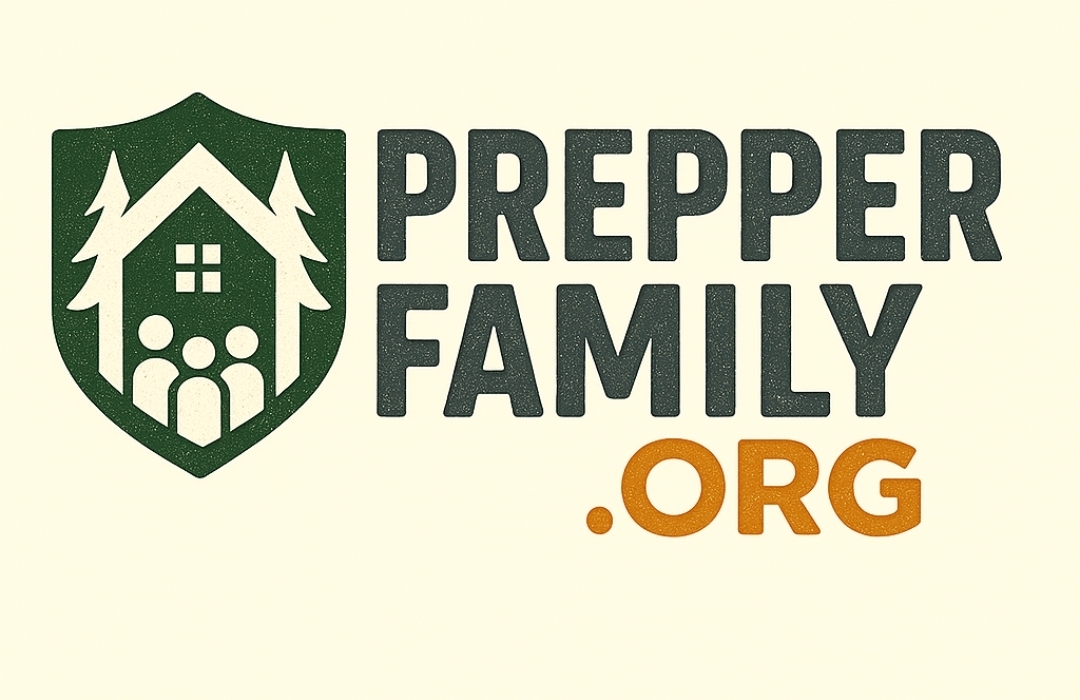🛡️ Weevil-Proof Pantry
Definitive Guide to Sealing Grains and Legumes for Decades
Introduction
Nothing strengthens family food security like knowing that the rice, beans, or wheat you buy today will remain intact fifteen or twenty years from now. This method—suitable for any parent with no prior experience—combines three essential barriers: airtight containers, absence of oxygen, and temperature control.
Essential Materials
🪣 Containers
Food-grade buckets (5 gal / 19 L) with press-on or “gamma” (screw-on) lids
📦 Mylar Bags
5-gallon Mylar bags, thickness ≥ 5 mil
🔒 Oxygen Absorbers
2,000 cc oxygen absorber (one per 5-gallon bag)
🔥 Sealer
Manual impulse heat sealer (12 in. bar or longer)
📝 Labels
Permanent marker and labels for recordkeeping
➕ Optional
Silica gel desiccant and wooden pallet
Why These Materials?
- Food-grade plastic: Does not leach toxins and withstands weight
- Mylar: Metalized barrier blocks oxygen, light, and moisture
- Oxygen absorber: Creates a microenvironment inhospitable to insects and mold
- Heat sealing: Ensures airtight closure; lid protects the Mylar
Quick Planning
Calculate Consumption
Example: 10 lb beans/month × 12 months = 120 lb per year
Convert to Buckets
One 5-gallon bucket ≈ 33 lb
4 buckets cover the year + 20% extra
Assign Storage Space
Cool, dark place. Avoid direct sunlight and heat sources
Selection & Inspection
Grain Quality
Look for freshly packed lots: uniform color, no rancid smell. Remove foreign particles and broken seeds.
High-Fat Grains
Oats, peanuts, and similar shorten shelf life. Store separately and rotate sooner.
Pre-Treatment Against Pests
| Method | Procedure | Advantage |
|---|---|---|
| Freezing | 72 hrs at −18 °C | Kills nearly 100% of eggs and larvae |
| Solar Heat | 6–8 hrs on black trays ≥ 45 °C Stir every hour |
Useful when no freezer is available |
Technical Fact
Weevil larvae die when the internal temperature exceeds 50 °C for 10 min or stays at −10 °C for 3 days.
Packing Process
Prepare Station
Clean a wide, dry, well-lit surface. Keep oxygen absorbers sealed until the last moment.
Line the Bucket
Unfold the Mylar bag inside the bucket; leave 2–3 inches sticking out. Add external label.
Fill and Degas
Pour in the grain up to 2 cm from the rim. Add the centered oxygen absorber. Press the sides to expel air.
Seal the Mylar
Set sealer to ~180 °C. Make a double seal: two parallel 1 cm lines, spaced 1 cm apart.
Close & Store
Fold the sealed section down. Place lid. Store in a dark place, 50–70 °F (10–21 °C).
Final Checklist
Before Storing, Verify:
Maintenance & Inspection
🔍 Semiannual Check
Bag inflated: possible leak; repackage
Pink desiccant: excess moisture; replace desiccant
🔄 FIFO Rotation
First In, First Out: consume the oldest first
📅 Pantry Day
Mark annual review on calendar. Make it a family learning activity
💧 Humidity Control
Cobalt paper strips turn pink if RH exceeds 60%
🎯 Final Tip
The best pantry is not the one that accumulates the most, but the one checked with discipline. A couple of minutes every six months ensure years of peace of mind and grains always ready for the table.
🛒 Recommended Equipment

Heat Sealer for Bags
Practical tool for sealing Mylar and plastic bags. Ensures airtight closures and prolongs food freshness.
View on Amazon 🛒
Stainless Steel Funnel
Ideal for filling jars and bags without spills. Makes packaging easier and keeps your kitchen clean.
View on Amazon 🛒
Mylar Bags + Absorbers
Complete system for long-term storage. Includes oxygen absorbers for up to 25 years of preservation.
View on Amazon 🛒
5-Gallon Buckets + Gamma Lids
Airtight containers perfect for bulk storage of grains and legumes with easy access.
View on Amazon 🛒
Manual Vacuum Pump
Essential tool for extracting air and creating a perfect seal in storage bags without electricity.
View on Amazon 🛒PrepperFamily.org participates in the Amazon Affiliates Program. Using these links helps support the platform at no extra cost to you. Thank you for supporting this community 🙏
📚 Sources & References
- Genesis 41:47–57 – The Wisdom of Patriarch Joseph in Preservation
- USDA Guidelines for Safe Food Preservation – U.S. Department of Agriculture
- National Center for Home Food Preservation – University of Georgia
- Ball Complete Guide to Home Preserving – Ball Corporation Publishing
- Long-Term Food Storage Guidelines – Emergency Preparedness Manual
